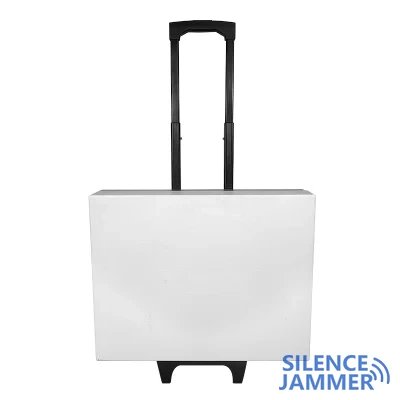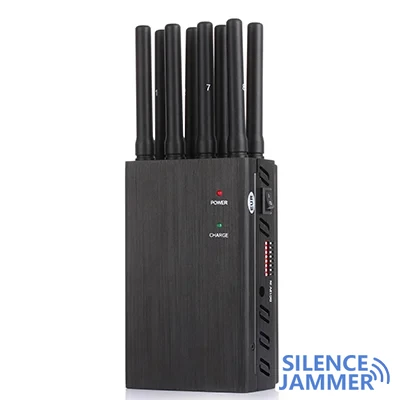Mikola demonstrates drone jamming system
On May 23, 2024, according to AFP, in the Donetsk region of eastern Ukraine, Mikola, a soldier of the Achilles UAV Battalion of the 92nd Brigade, demonstrated his drone signal jamming system. This system looks like a large white thermos, but it is actually an important shield in war.

The importance of drone signal jammer devices
In recent months, drone jammer devices have become the main force in Ukrainian airspace, used to suppress a large number of small killer drones that have appeared. These devices have been vital to the Ukrainian army since the Russian invasion more than two years ago. Mikola described these drone jammers as "like a bulletproof vest, adding a little protection, adding a little confidence, and the chance of survival is increased."

Functions and advantages of signal jammer devices
Mikola said that the system weighs 4 kilograms and can be put into a backpack. It is "one of the first portable electronic protection devices" for Ukrainian infantry and can protect Ukrainian infantry from Russian FPV drones. FPV drones are small, relatively cheap, equipped with cameras that provide real-time images, and explosives that can directly strike enemy forces within a few kilometers. "UAVs currently kill more soldiers on both sides than any other weapon," said Oleksandr Pavlyuk, commander of the Ukrainian Ground Forces.
Scrambler operation and effect
To eliminate these threats, signal scramblers emit jamming signals at the same frequency as the drone's control signals, cutting off the connection between the device and its pilot. Mykola said his device is effective at a distance of 30 meters and can cause the enemy FPV to "completely lose control " The scrambler, designed by a Ukrainian company and funded by private donations, has been put into use on the battlefield.

Confrontation and strategy of both sides
Four-wheel drive vehicles used by the Ukrainian army in key areas are equipped with other large portable signal jammers, while "large remote-controlled electronic warfare stations" are also located behind the front lines. The Russian army has worked on electronic warfare systems for more than 30 years, while Ukraine only began developing equipment after Russia annexed the Crimean Peninsula in 2014. Today, both sides are looking for new confrontation strategies to cope with the changing battlefield environment. Ukraine is able to jam 60% to 70% of Russian FPV drones, but needs to come up with new solutions every three months.




